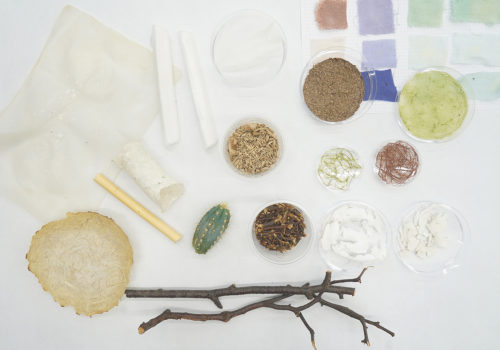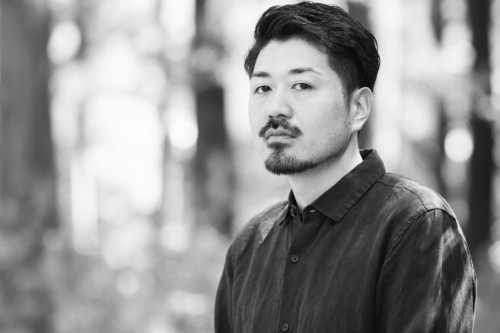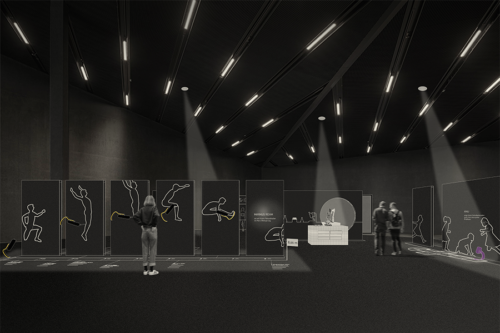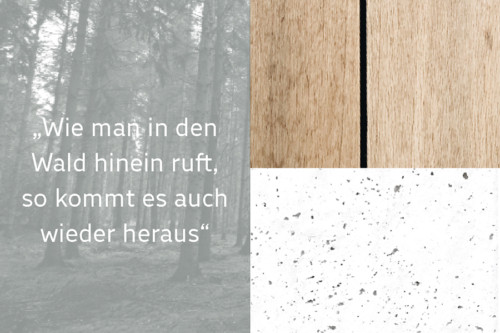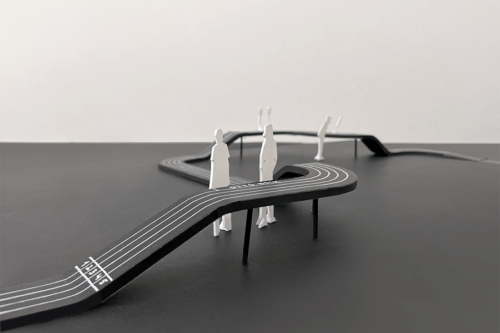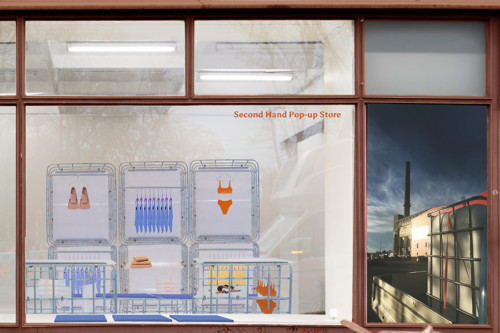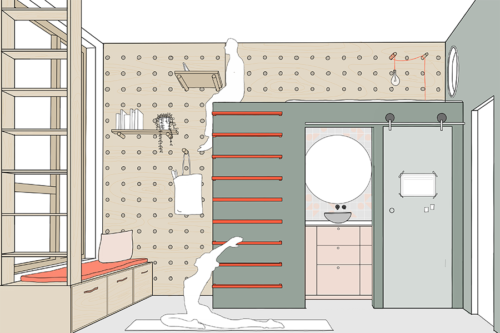Uncontrolled Morphology using Biodiversity – Nobuyoshi Yokota, Stipendiat 2021/2022
- Nobuyoshi Yokota_Fig.01
- Nobuyoshi Yokota_Fig.02
- Nobuyoshi Yokota_Fig.03
- Nobuyoshi Yokota_Fig.04
- Nobuyoshi Yokota_Fig.05
Blog Interior Scholarship
März 2022
Blogger: Nobuyoshi Yokota
MAIA – Master of Arts in Interior Architecture
HEAD – Genève, Haute école d’art et de design
Uncontrolled morphology using biodiversity –
the new perspective of relationship between human and nature
In recent years, to consider design is to consider not only its form, but also the production and materials behind it. It is the responsibility of all those involved in manufacturing to create a sustainable society, and to abandon this is to abandon our future.
While a number of designers and artists are experimenting with approaches such as the creation of new materials, to design with plants is another method. And there are two main approaches to design with plants.
The first is an approach to create new alternative materials such as plastic using waste plants. The other approach is to entrust the plant itself to shape the design. This attempt is an approach that is entrusted by plant diversity. It is neither to materials nor to human behavior.
In this article, I would like to present my expedition to design with plants. It is neither a dualistic division between nature and humans, nor a design in which humans overly control nature. I sought a perspective on plant-centric design rather than human-centric design that would allow humans and plants to truly live together in the future. Specifically, I made a bowl-like object using the shape of the plant generated by temperature and humidity without my control.
Method – 1
First of all, at the summer school of Aalto University in Finland, I conducted an experiment to mix willow and cactus, which are plants living in completely different environments, with MFC (micro-fibrillar-cellulose). These samples had the same MFC to plant ratio, oven temperature, and heating time, but each sample was deformed into a different shape. These reactions and shapes are not controlled by humans, but by the elements that make up each plant. (fig 01,02)
Method – 2
The next method is the process of transforming a plant-made morphology into an object. Specifically, this process included digitizing the morphology generated from the plant obtained by method 1, performing 3D scanning, adjusting it to a preferable size with a computer and finally using a 3D printer to turn them into objects such as bowls. (fig.03)
In the end I extracted only the morphology of the sample generated from the willow, adjusted the scale, and created a bowl- like object. My design doesn’t exist there, it’s a design without human control, a design that follows the characteristics of the plant. Another possible next step would be the challenge of how to reproduce the materiality of individual plants through 3D printing or another method. (fig 04,05)
In the methodology explored this time, the design is produced on the object scale at this stage, but it is possible to create a space by applying this approach and increasing the size. With the evolution of technology, human beings have made various designs with the use of nature. In today’s all-saturated state designs that “make with nature” have the potential to build new relationships between humans and nature.
Special technical advisor : Abeyi Endrias (HEAD) , Kai Reaver (HEAD), CHEMARTS (Aalto University), Ezerskaia Marina
Interior Scholarship – das AIT-Stipendium der Sto-Stiftung






